Understanding USDA Hardiness Zones
Definition and Importance
USDA Hardiness Zones, managed by the United States Department of Agriculture, are a crucial tool for gardeners across the nation. They provide a systematic breakdown of climate conditions across various regions of the United States, helping gardening enthusiasts determine which plants are suitable for their locale. Each region, or "zone," is defined by its average annual minimum winter temperature, divided into 10-degree Fahrenheit segments, ranging from Zone 1 (coldest) to Zone 13 (warmest). Understanding these zones is vital for gardeners because it directly impacts plant survival, health, and growth. Selecting plants suitable for your climate zone helps establish thriving gardens filled with lush flora. Without this knowledge, gardeners might inadvertently choose plants that are ill-suited for their local climate, resulting in wasted time, effort, and investment.How Zones Are Determined

Choosing the Right Plants for Your Zone
Selecting Plant Varieties
Once you've identified your USDA zone, it's time to choose the plants best suited for your region. The key is to select hardy plant varieties that can withstand your zone's climate, particularly its lowest temperatures. For those in warmer zones, consider tropical and subtropical plants. The Adonidia Palm, a popular choice available in single, double and triple versions, thrives in Zones 10 to 11. These elegant palms can transform outdoor spaces into lush, tropical paradises. For cooler zones, look for sturdy, cold-resistant varieties. Evergreen conifers and deciduous trees often fare well and provide year-round structure and beauty to gardens in these regions.Plant Hardiness and Bloom Time
Understanding plant hardiness is equally important to choosing the appropriate species. Hardiness reflects a plant’s ability to survive adverse growing conditions, particularly cold weather. Spring-blooming perennials, annuals, and bulbs need to be chosen with care to ensure they will bloom and thrive in your specific climatic conditions. The right timing can also maximize your garden’s potential. Early bloomers like crocuses and daffodils can brave late frosts, providing color long before other plants wake from dormancy. Pair these with mid to late spring bloomers to maintain a continuous sequence of flowering activities through the growing season.Microclimates Within Zones
It's worth noting that within any given USDA zone, microclimates can exist that affect plant growth. Variations in elevation, proximity to bodies of water, urban heat effects, and even the presence of buildings can create significantly different climates within the same broader area. Cultivating an understanding of these microclimates can enhance your gardening success. For instance, a sheltered spot in your garden may support plants from a slightly warmer zone than your USDA designation might suggest. Experimenting just a little outside your zone with protected microclimates can lead to surprising discoveries.Optimizing Your Spring Garden Design
Soil Preparation and Enrichment
Soil is the foundation of any garden. Before planting, assess your soil type and quality. In spring, when the soil is workable, it's crucial to enrich it with organic matter like compost or well-rotted manure. This not only improves soil texture but also boosts its nutrient profile, creating a fertile environment for your plants to thrive in. Conducting basic soil tests will inform you whether amendments are necessary to adjust pH levels. For most plants, a slightly acidic to neutral pH is ideal (around 6.0 to 7.0). Certain plants, however, like blueberries, require more acidic conditions and adjustments must be made accordingly.Water and Irrigation
Spring rains help moisten the soil, supporting new growth, but you should establish a reliable irrigation strategy to ensure consistent water supply as the season progresses. Consider installing drip irrigation or soaker hoses which deliver water efficiently to the root systems while minimizing evaporation. Such methods are particularly beneficial in drier regions where water conservation is a priority.Designing for Sun and Shade
Understanding the sun and shade patterns within your garden is another vital factor. Tailor plant choices to fit these conditions, with sun-loving varieties in open areas and shade-tolerant species under the canopy of trees or the shadow of larger structures. Our Agapanthus 'Lily of the Nile, Blue' is ideal for sunny spots, showcasing stunning blue blooms that bring color to any sunny corner of your garden. For shadier areas, consider foliage plants that thrive under low-light conditions.Maintaining Your Spring Garden

Pruning and Deadheading
As your garden grows, regular maintenance becomes essential. Pruning is necessary to remove deadwood, encourage new growth, and shape plants. Spring is the optimum time for most pruning activities, as it stimulates vigorous new growth during the plant's active growing season. Deadheading, or removing spent flowers, keeps plants looking attractive and can prompt some species, like perennials and annuals, to produce more blooms. Take care, however, not to over-prune, which can stress plants and reduce their resilience.Pest and Disease Management
Spring brings with it a host of pests and diseases eager to feast on your tender new plants. Regularly inspect your garden for signs of trouble, and use integrated pest management strategies to control outbreaks. Techniques such as companion planting, using natural predators, and applying organic pesticides can effectively protect your plants without harming beneficial organisms.Fertilization Techniques
Fertilizing your garden in the spring can provide the essential nutrients plants need to grow robustly. Utilize slow-release fertilizers to provide nutrients gradually, or apply liquid formulations for quicker results. Be mindful of over-fertilizing, which can lead to excessive vegetative growth at the expense of flowers and fruit.Plant Recommendations by USDA Zone
Zones 3 to 5
In these cooler climates, choose hardy perennials and shrubs that can withstand harsh, freezing winters. Consider varieties like peonies and hostas for blooms and foliage that endure the climate. Conifers and deciduous shrubs, such as boxwood or hydrangeas, provide structure and texture.Zones 6 to 8

Zones 9 to 11
These warmest zones support a wide array of exotic and tropical plants. It’s the perfect climate for creating lush landscapes with palms, orchids, and succulents. Our Alexander Palm can introduce vertical interest to your yard with its unique form and graceful foliage.Conclusion
Spring gardening offers a rejuvenating experience and, with the guidance provided by USDA zones, a roadmap to success. Embracing the dynamics of your local climate can foster a garden that not only survives but thrives. For an exciting range of plants suited to your USDA zone, be sure to explore Plantology's collections. Whether you're starting fresh or looking to enhance your existing garden landscape, we offer a wide selection to help you succeed. Discover more ways to enrich your gardening adventures with our extensive range of products, and let your spring garden bloom spectacularly!Exploring Planting Strategies for USDA Zones
Seasonal Planting
Understanding the seasonal nuances of each USDA zone can dramatically boost your gardening success. For beginners, developing a planting calendar that aligns with your zone's growing season ensures each plant receives the optimal conditions needed at every stage of growth. In Zones 3 to 5, where the seasons change dramatically, timing is crucial. Plant cool-season crops like leafy greens or root vegetables in early spring when the temperatures are still cool but rising. As summer arrives, transition to warm-season crops such as tomatoes or peppers that flourish under the summer sun. Fall is another opportunity for cool-season planting before the frost sets in, extending your garden’s productivity. For Zones 6 to 8, a broader planting window is available. The extended growing season allows for both cool- and warm-season crops to be grown successfully, with options to plant multiple harvests. Consider a summer squash succession planting strategy, where new crops are planted every few weeks to maintain a continuous harvest. In Zones 9 to 11, the lack of frost and milder winters open possibilities for year-round gardening. Winter gardens thrive with vegetables like broccoli and kale, while summer provides ideal conditions for heat-loving species. Utilize offseason periods to focus on soil conditioning and preparation for the next cycle, ensuring consistent fertility and vitality.Companion Planting Techniques

Rotational Planting
Rotational planting involves changing the placement of plant families from one growing season to the next within the same landset. This practice reduces soil nutrient depletion, manages pest cycles, and prevents the accumulation of soil-borne diseases. In agriculture, a common rotation might include rotating nightshades like tomatoes with legumes such as peas or beans that fix nitrogen in the soil. This replenishes soil nutrients while preventing persistent pests specific to a particular plant family. In small gardens, alternating between root crops (carrots, beets) and leafy greens ensures that nutrient uptake is balanced, avoiding excessive nutrient depletion from a single spot.Maximizing Biodiversity
Plant diversity in the garden is not only aesthetically pleasing but also crucial for ecological sustainability. By introducing a rich variety of species, you create a more resilient garden ecosystem capable of withstanding pests and diseases naturally. Start by including a variety of native plants, which are well adapted to local climates and often require less water and maintenance. Integrate pollinator-friendly plants like coneflowers and sunflowers that attract beneficial insects and support healthy pollination processes. Consider adding vegetable or herb varieties that serve not just culinary purposes but also contribute to the garden ecosystem. For instance, dill attracts butterflies, whose larvae will feed on excess aphids, benefiting your garden’s plants.Advanced Techniques for Gardeners

Vertical Gardening
As urban spaces become more condensed, vertical gardening emerges as an innovative method for maximizing limited ground space. This technique is particularly valuable in warmer zones where balancing sun exposure and growth area is essential. Install trellises or vertical planters in sun-drenched areas of your garden to grow climbers like beans, peas, or even vertical varieties of squash. Succulent walls, on the other hand, offer an alternative aesthetic for outdoor living spaces, utilizing drought-tolerant species to create stunning natural displays. In addition to saving horizontal space, vertical gardening can improve air circulation around plants, reducing fungal diseases and enhancing overall plant health.Implementing Permaculture Principles
Permaculture, a practice rooted in sustainability and self-sufficiency, integrates land, resources, and people to create stable ecosystems. This holistic approach to gardening fosters biodiversity while maximizing productivity, making it ideal for adaptable and resilient garden designs. Incorporate swales or berms in your landscape to control water flow and capture runoff, channeling it to where it's needed most in your garden. Combine this technique with strategic tree and shrub planting to create windbreaks that reduce soil erosion and provide habitat for wildlife. Permaculture emphasizes resources cycling—composting kitchen scraps and plant waste, for instance, returns nutrients to the soil, nurturing your garden's ecosystem and reducing waste.Soil Health and Regenerative Practices
Regenerative gardening focuses on enhancing soil health and biodiversity through practices that renew degraded soils and promote ecological balance. Healthy soil is fundamental to a thriving garden, impacting everything from plant growth to water retention. Practice no-till gardening to keep soil structure intact and preserve microbial life critical for nutrient cycling. Layer organic mulch over your garden beds to suppress weeds, moderate soil temperature, and maintain moisture. Employ cover cropping, where non-harvest crops are planted to boost soil organic matter between growing cycles. Cover crops like clover or vetch fix nitrogen, improve soil fertility, and protect against erosion.Technology and Gardening

Enhancing Your Garden with Wildflower and Native Plantings
Benefits of Wildflowers
Wildflowers bring vibrant beauty and ecological value to gardens, supporting pollinators and promoting biodiversity. Many species are hardy, drought-resistant, and require minimal maintenance, making them suitable for various climate zones. A wildflower meadow can be a stunning addition to large gardens, creating a living tapestry of color through spring and summer. They attract diverse pollinators, from bees to butterflies, bolstering your garden’s flowering plants and enhancing fruit production.Integrating Native Plants
Native plants, well adapted to their local ecosystems, offer significant advantages in garden design. They require less water, fertilizer, and pesticides, leading to a more sustainable and low-maintenance garden environment. Research native species suitable for your USDA zone, such as coneflower in the Midwest or California poppy on the West Coast. These plants not only blend seamlessly into the cultural landscape but also support local wildlife, acting as essential food and habitat sources.Exploring the Environmental Impact of Gardening

Reducing Your Carbon Footprint
Gardening practices can significantly influence our environmental footprint. By making conscious choices, we can reduce emissions and foster environmentally friendly spaces. Cultivate carbon-sequestering plants like hardwood trees or perennial grasses that absorb atmospheric carbon. Use locally sourced materials for garden structures and furniture, minimizing transportation emissions and supporting nearby businesses. Implement solar-powered landscape lights and water features, harnessing renewable energy to beautify your garden sustainably.Promoting Water Conservation
With changing climate patterns and increasing water scarcity, conserving water in the garden is more crucial than ever. Implement xeriscaping principles, selecting drought-tolerant plant varieties and reducing reliance on irrigation. Install rain barrels to collect and utilize rainwater for garden irrigation, offering a sustainable method of water management. Adjust your irrigation schedule to early morning or late afternoon to reduce evaporation and promote efficient water use.Creating Wildlife-Friendly Gardens
Designing gardens to support local wildlife contributes to ecological balance and offers a sanctuary for native species. Use a variety of plants that provide nectar, seeds, and berries, along with shelter and protection. Install bird feeders and birdbaths to attract avian species that contribute to pest control and pollination. Insects like bees and butterflies can be supported by dedicating a portion of your garden to wildflowers and leaving natural debris like logs or stones to create habitats.Conclusion




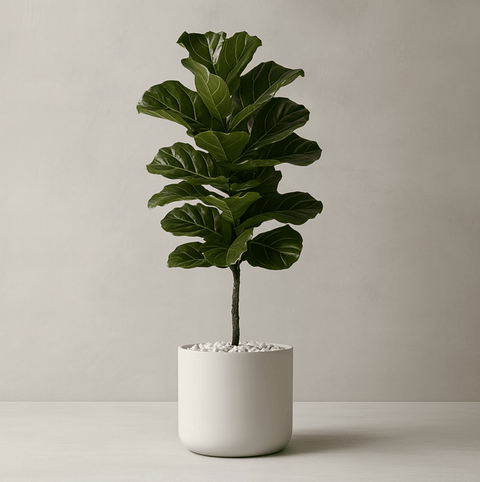
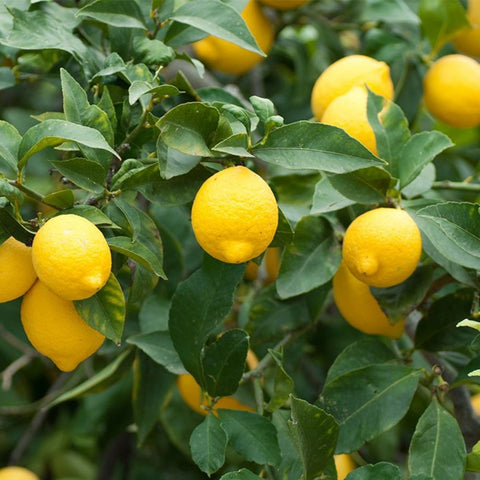
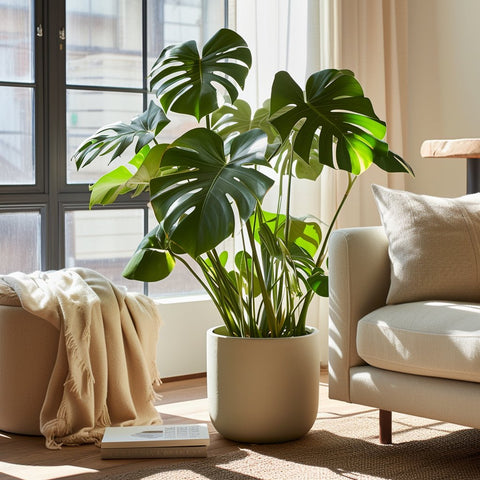
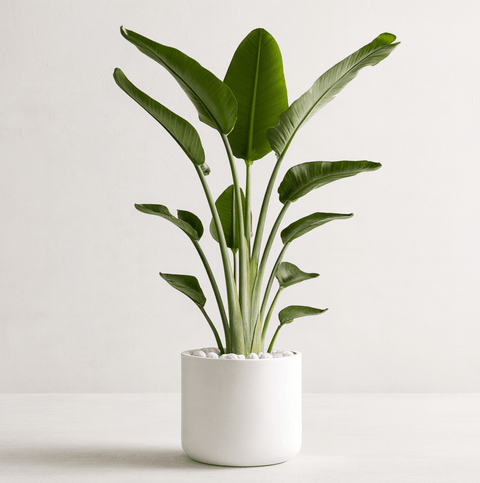

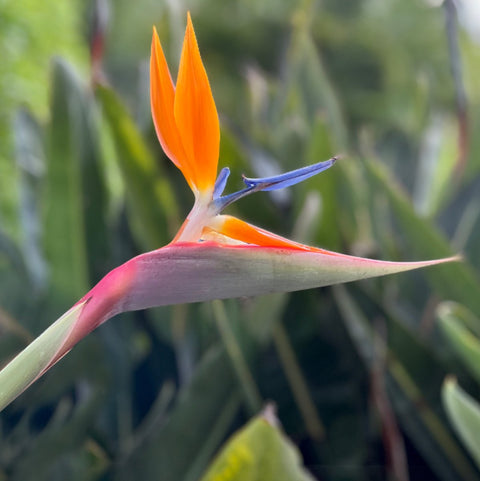
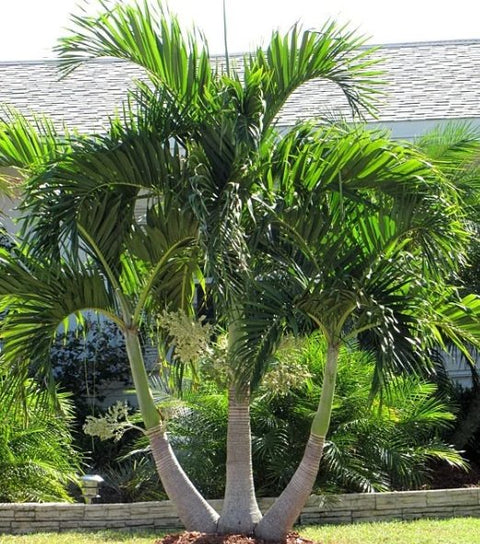
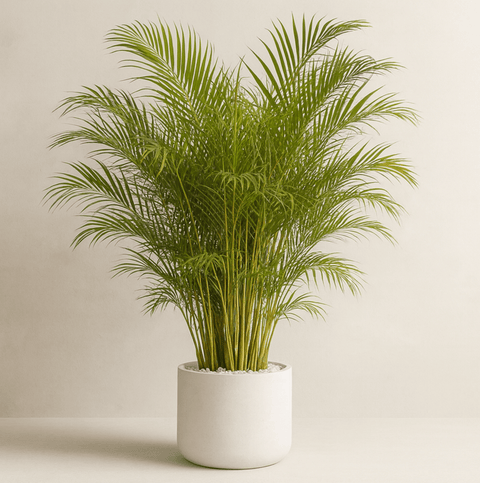


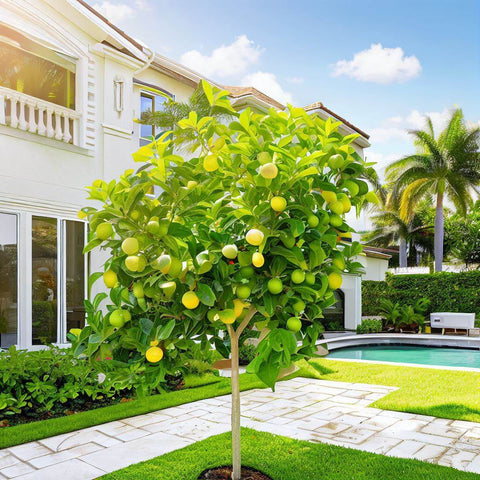



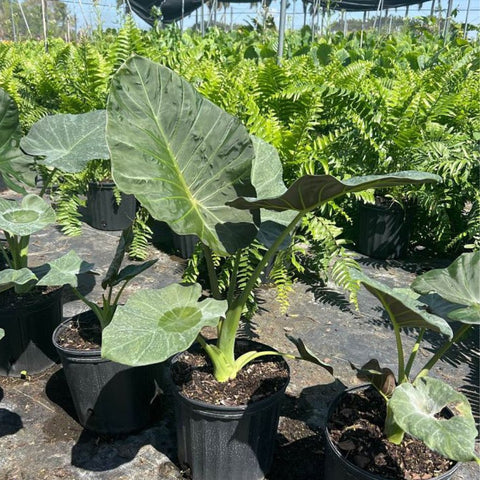
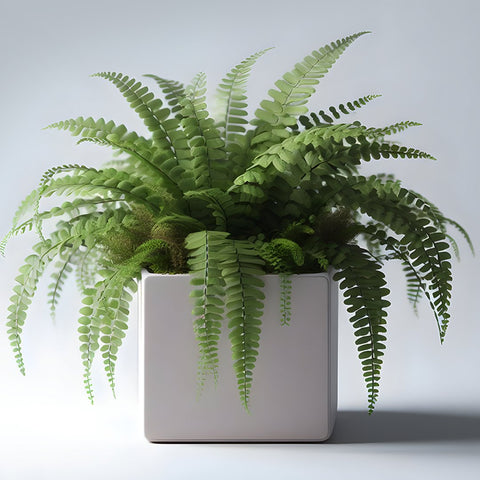




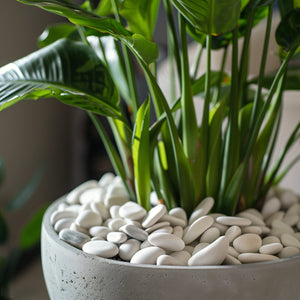

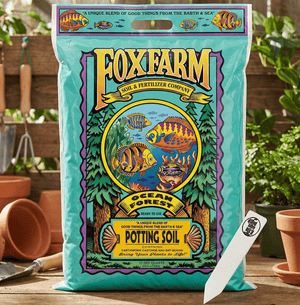
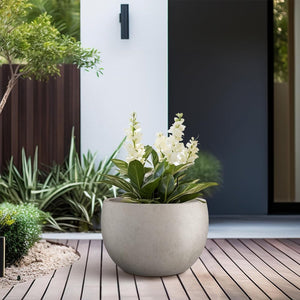



Comments (0)
There are no comments for this article. Be the first one to leave a message!